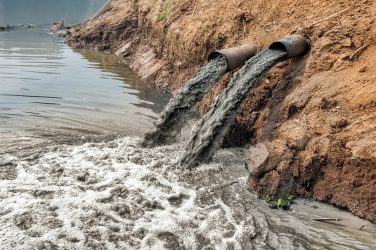David Kroodsma, director of research and innovation at Global Fishing Watch, leads the study on the human footprint in the oceans.
This footprint is now ‘visible’ through a combined use of satellite imagery, GPS data from ships and deep learning models. The team of researchers used this tool to track the activities of industrial ships and offshore energy infrastructure globally from 2017 to 2021.
A first figure reveals that 75% of the world’s industrial fishing vessels are not publicly monitored, and that most fishing is concentrated in South Asia, South-East Asia and Africa. In addition, the study established that more than 25 per cent of the activities of transport ships and oil tankers are not present in public tracking systems. The most significant value is in Asia.
Another interesting fact is that globally, fisheries declined by 12% at the start of the pandemic and did not return to pre-2020 levels afterwards. Moreover, offshore wind energy is growing fast, outpacing the number of oil facilities.
In conclusion, we can say that a more comprehensive view of the industrialisation of the oceans allows us to see growth in offshore wind, aquaculture and mining. They show an ocean that is a busy, crowded and complex industrial workspace for the growing blue economy.









Show Comments